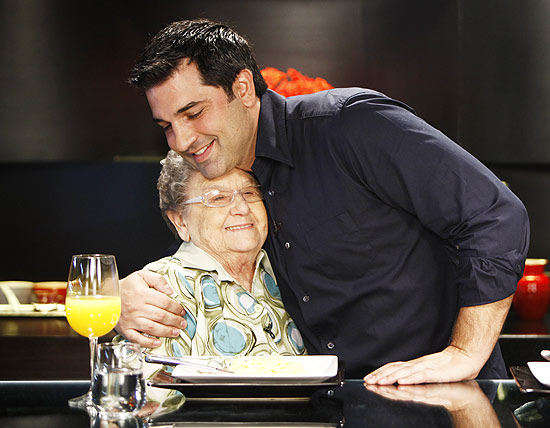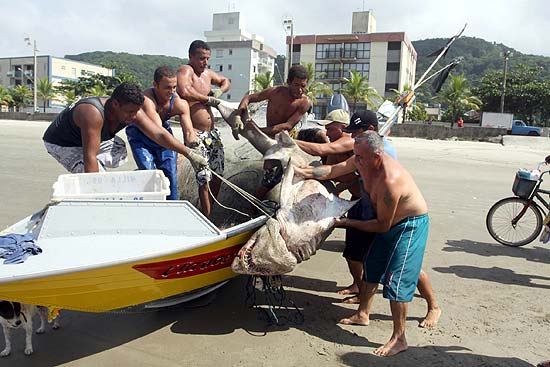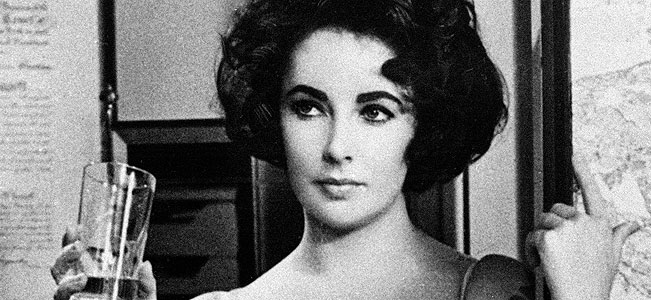Some reaction following the death of Elizabeth Taylor:
"Elizabeth's legacy will live on in many people around the world whose lives will be longer and better because of her work and the ongoing efforts of those she inspired." — Statement from former President Bill Clinton and Secretary of State Hillary Rodham Clinton.
___
"I don't know what was more impressive her magnitude as a star or her magnitude as a friend. Her talent for friendship was unmatched. I will miss her for the rest of my life and beyond." — Shirley MacLaine.
___
"(Taylor) forever marked the history of the Seventh Art ... (her) Cleopatra remains unequaled ... (she was) devoted from the youngest age to a limitless passion for film." — Francois Fillon, prime minister of France.
___
"I shall remember her as a woman whose heart and soul were as beautiful as her classic face and majestic eyes." — Former Sen. John W. Warner.
___
"She was a true star, because she not only had beauty and notoriety; Elizabeth Taylor had talent. As a friend she was always, always there for me. I'll miss her for the rest of my life, but I was so lucky to have known her." — Liza Minnelli.
___
"She was passionate — and compassionate — about everything in her life, including her family, her friends, and especially the victims of the AIDS. She was truly a legend and we will miss her." — Nancy Reagan.
___
"She was the last of the true Hollywood icons, a great beauty, a great actress and continually fascinating to the world throughout her tumultuous life and career." — Joan Collins.
___
"She was an incredible talent, and yes, she had those unforgettable eyes. I greatly admire her humanitarian efforts which have touched so many lives. Elizabeth was a very dear, generous and loving lady." — Eva Marie Saint.
___
"She's in heaven and she's in a heavenly place and she's happy." — Debbie Reynolds to "Access Hollywood."
___
"The whole world has been in love with Elizabeth Taylor and I was fortunate enough to be one of them." — George Hamilton.
___
"She really, I think, is like the last of the movie stars. She said that there had never been a time in her life when she wasn't famous." — Barbara Walters on "The View."
___
"Elizabeth Taylor was the last of the great glamour stars. She was the longest-running soap opera in history, and represented all the allure and tragedy that attracts people to Hollywood." — British director Michael Winner.
___
"She earned our adoration for her stunning beauty and for being the very essence of glamorous movie stardom. And she earned our enduring love and respect for her compassion and her courage in standing up and speaking out about AIDS when others preferred to bury their heads in the sand." — Elton John.
___
"It's the end of an era. It wasn't just her beauty or her stardom. It was her humanitarianism. She put a face on HIV/AIDS. She was funny. She was generous. She made her life count." — Barbra Streisand.
___
"Elizabeth was the last great movie star. And a great human being. What I'll always remember about Elizabeth was her laugh. She would walk into a room looking like a princess and suddenly there would be this cackle that filled the room that would crack us all up. I'm so glad to have known her. It's a very sad day for me." — Barry Manilow.
___
"Elizabeth Taylor was the last of the Hollywood greats, and a fantastically charming woman." — Tweet from singer George Michael.
___
"Elizabeth is known throughout the world as an Academy Award-winning actress, but what is less known is her devotion to philanthropic causes and in 1980, she received the center's highest honor, its Humanitarian Award. She will be sorely missed." — Rabbi Marvin Hier, founder and dean of the Simon Wiesenthal Center.
___
"Elizabeth, thank you for all your help in the battle for HIV and AIDS. You will be missed by the world." — Tweet from former basketball star Magic Johnson.
___
"She leaves a monumental legacy that has improved and extended millions of lives and will enrich countless more for generations to come." — Statement from amfAR, The Foundation for AIDS Research.
___
"She was the most amazing woman. When she walked into a room, she just had the most amazing presence about her. She was just incredible." — Designer Elizabeth Emanuel.
___
"Elizabeth and I began our careers about the same time at MGM. Throughout her tumultuous life, she will be remembered for some unique and memorable work. And she will be ever remembered and appreciated for her forthright support of amfAR." — Actress Angela Lansbury.
___
"In a career spanning more than 70 years and 50 films, her talent endured the test of time and transcended generations of moviegoers. She truly was an American icon, whose legacy went far beyond her acting skills, most notably in her efforts to lead the battle against HIV/AIDS." — Chris Dodd, chairman and CEO of the Motion Picture Association of America.
___
"She was just a magnificent woman. She was a great broad and a good friend." — Whoopi Goldberg on "The View."
___
"It's a terrible loss. A unique talent and a singularly spectacular individual." — Actor Martin Landau, who appeared with Taylor in "Cleopatra."
___
"Liz Taylor was an amazing woman and screen legend, she was an incredible friend to my brother at his side through some of his most difficult times and of course loved by his children and our family. She will live on in our hearts forever, my prayers go out to her family." — La Toya Jackson.
___
"We were honored to work with Elizabeth Taylor on 'General Hospital.' Her portrayal of Helena was a defining moment for the show and an extraordinary experience for everyone involved." — Statement from the soap opera "General Hospital."
___
"I loved her. She hosted a huge party when 'Hello Dolly' first opened in Los Angeles. I remember the lavender roses and the aura of the personality. She said when you find the particular love of your life it is never forgotten. We loved you too Elizabeth." — Carol Channing.
___
"I was on Broadway with 'Sugar Babies' simultaneously while Elizabeth was appearing in 'Little Foxes.' We would meet occasionally after shows. I will never forget those eyes or that laugh." — Rip Taylor.
___
"She was a marker of our time, my time. It seems like yesterday that I taught a beautiful 14-year-old Elizabeth how to swim at the Beverly Wilshire Hotel, more beautiful, more voluptuous than Miss America. I will miss her." — Esther Williams.
![Validate my Atom 1.0 feed [Valid Atom 1.0]](valid-atom.png)






















































 O apresentador Edu Guedes se emocionou ao reencontrar a culinarista Palmirinha. Segundo ele, que caiu no choro, foi ela quem o ajudou no início da carreira.
O apresentador Edu Guedes se emocionou ao reencontrar a culinarista Palmirinha. Segundo ele, que caiu no choro, foi ela quem o ajudou no início da carreira. 














